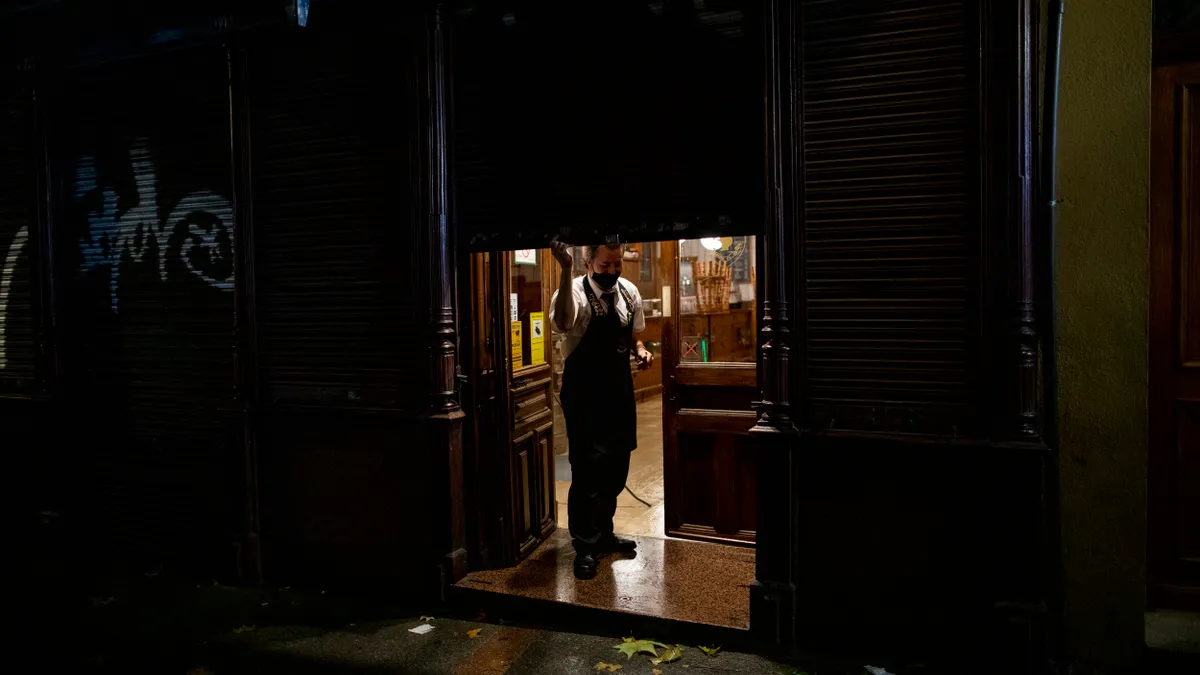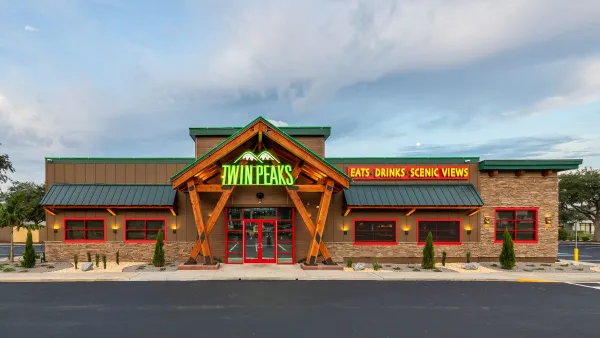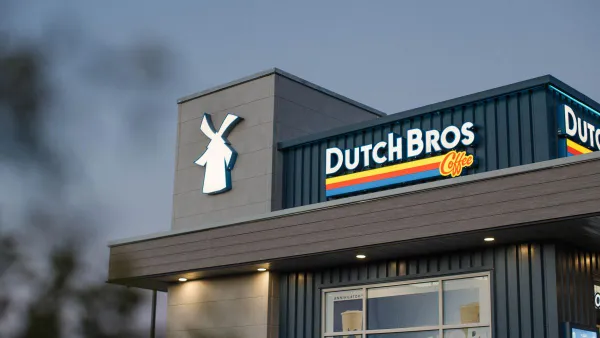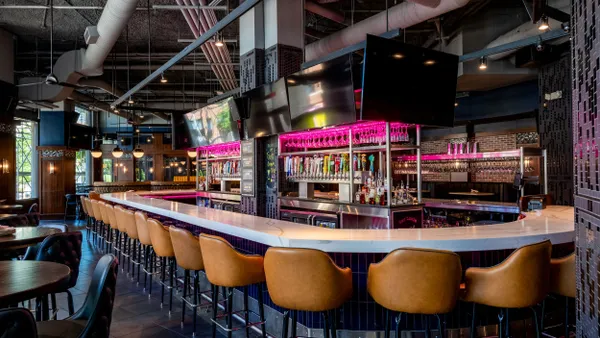Dive Brief:
- Independent operators face mounting debt, risk of eviction and falling sales as the U.S. shatters global COVID-19 caseload records, according to survey results released by the Independent Restaurant Coalition on Jan. 14. IRC surveyed nearly 1,200 resturats and bars in all 50 states.
- Twenty-eight percent of restaurants that did not receive Restaurant Revitalization Fund grants are facing eviction, while only 10% of operators who obtained RRF funds may be evicted, the survey found. Forty-two percent of operators that didn't receive RRF grants risk filing for or have filed for bankruptcy, compared to only 20% who received RRF grants.
- The IRC has asked Congress and the Biden administration to put more money toward restaurant relief. The RRF closed to applications on May 24, 2021, after restaurant operators applied for $69 billion in relief. The fund had only $29 billion to distribute.
Dive Insight:
The proliferation of the omicron COVID-19 variant has battered an already struggling restaurant industry, and could be fatal for businesses that haven't landed federal support, according to IRC findings. Fifty-eight percent of survey respondents saw sales fall by more than half, a drop driven by omicron's impact on diner behavior. The Centers for Disease Control and Prevention reported a seven-day trailing case average of over 798,000 daily cases by Jan. 14.
David Nayfeld, an IRC board member and the chef and co-owner of Che Fico in San Francisco, said more than a quarter of his staff contracted COVID-19 during the omicron surge. Because of this, he was forced to shut down for New Year's Eve and New Year's Day, canceling $120,000 worth of private parties booked in late December and early January.
"The Omicron surge has pushed many restaurants to the brink," Erika Polmar, IRC executive director, said in a press release. "These businesses are filing for bankruptcy and receiving eviction notices after crying out for help for nearly two years."
Nayfeld — who did not receive RRF funding — said Congress's inability to refill the RRF has extended a crisis that was otherwise solvable.
"We know that it was oversubscribed to the tune of $60 to $70 billion," Nayfeld said. "The data could not be more clear. If you got RRF you are going to survive. If you didn't get RRF, you're probably not going to survive."
Nayfeld said his restaurant paid holiday pay, sick leave and other benefits to help retain his staff. But between surges of the pandemic, rising costs of supplies, labor scarcity and other costs, independents like Nayfeld have to make choices out of desperation. Nayfeld's restaurant paid $5,000 out of pocket to test his staff last month, for example.
"Sick pay was never meant to [be used to pay] your entire staff at once," Nayfeld said. "When I say it's cataclysmic, we're beyond that point. Every every day and every week it's a calculation, like, is it worth it to continue to run this business?"
Eighty-four percent of IRC survey respondents raised employee wages to keep staff, while 37% added paid sick leave. Many restaurants reported having to lay off employees, and some operators had to take on large debts or sell off other assets.
Nayfeld warned further delays in refilling the RRF risks leaving permanent holes in the restaurant industry. He said keeping his restaurant open is a week-to-week decision, and that it's vital Congress acts to increase restaurant aid.
"You're asking us to do this with already one hand tied behind our back and an anvil tied to our feet," Nayfeld said. "You're throwing us in the water and you're like, hey... Can't you swim to the top? No, no, I can't. I'm [expletive] drowning man, and I need your help."















